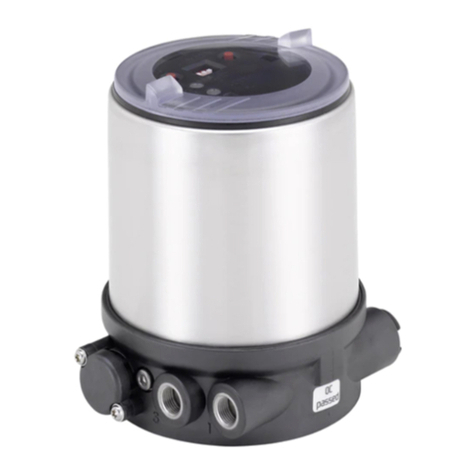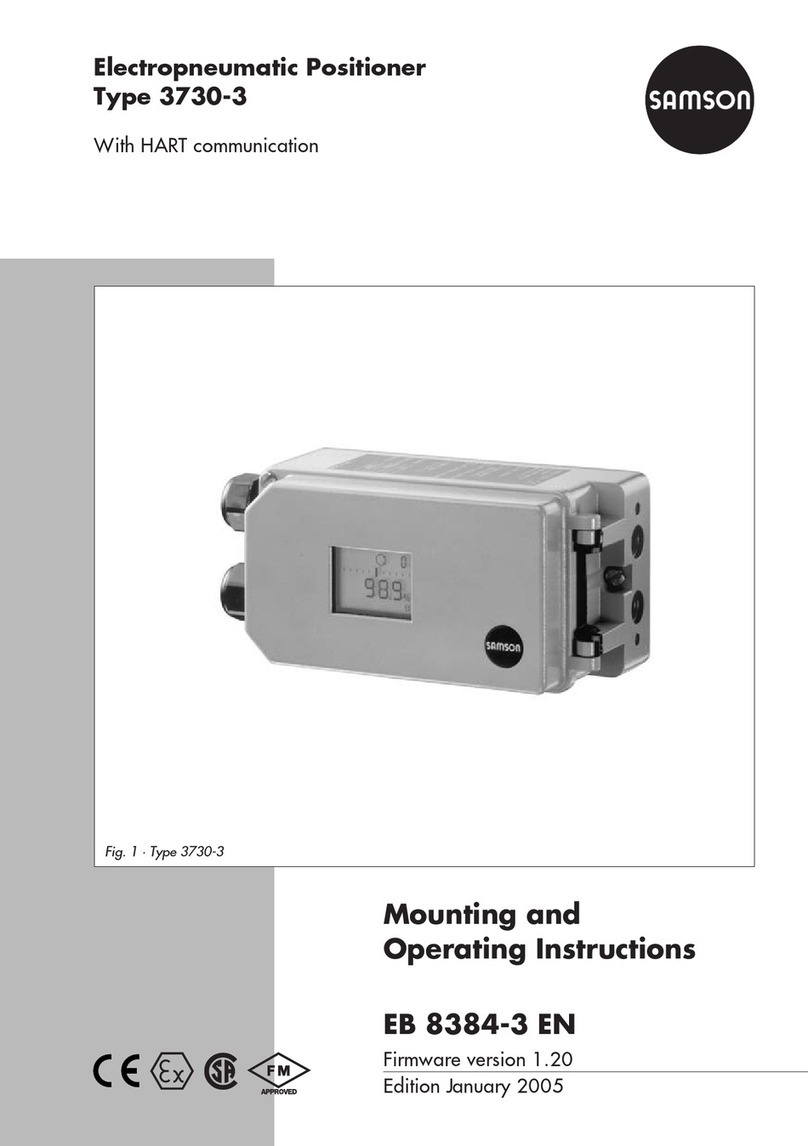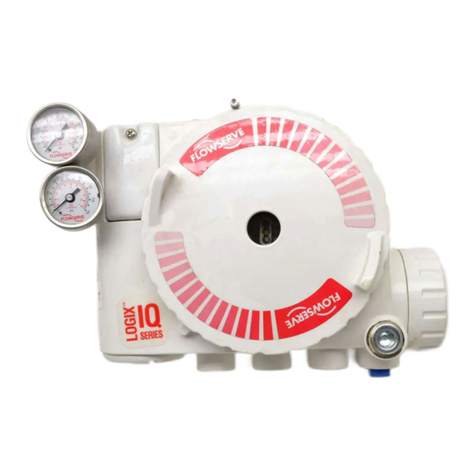Contents
1General ................................... 3
2Safety .................................... 4
2.1 Used symbols ............................... 4
2.2 Hazard potential of profile rail slides .............. 5
2.3 Designateduse ............................. 5
2.4 Authorized personnel ......................... 6
2.5 General safety advise ......................... 6
2.6 Transport and interim storage . . . . . . . . . . . . . . . . . . 8
2.7 Electricalsafety ............................. 9
2.8 Exclusion of liability . . . . . . . . . . . . . . . . . . . . . . . . . . 9
3Accuracies ................................. 10
4Product description . . . . . . . . . . . . . . . . . . . . . . . . . . 11
4.1 Design (exploded drawing) ..................... 11
4.2 Dimension tables ............................ 12
4.3 Load carrying capacity of slide tops . . . . . . . . . . . . . . 15
5Technical data .............................. 16
5.1 Motor ..................................... 16
5.2 DC link voltage 515 V DC . . . . . . . . . . . . . . . . . . . . . . 18
5.3 DC link voltage 600 V DC . . . . . . . . . . . . . . . . . . . . . . 21
5.4 Motor temperature sensor ..................... 24
5.5 Linear encoder .............................. 25
5.6 Limitswitches .............................. 26
6Accessories ................................ 27
6.1 Bellows ................................... 27
6.2 Energy chain with mounting bracket . . . . . . . . . . . . . 27
6.3 Cables .................................... 29
7Mounting instructions according to
directive 2006/42/EC, appendix VI ................ 30
7.1 Mechanical interfaces ......................... 30
7.2 Electrical interfaces . . . . . . . . . . . . . . . . . . . . . . . . . . 33
7.2.1 Pin configuration . . . . . . . . . . . . . . . . . . . . . . . . 33
7.2.2 Connection of protective conductors.......... 34
7.3 Start up ................................... 35
7.3.1 Preconditions ........................... 35
7.3.2 Commissioning with a servo amplifier . . . . . . . . 35
8Maintenance and repairs . . . . . . . . . . . . . . . . . . . . . . 36
8.1 Preventive maintenance ....................... 36
8.2 Lubrication ................................. 36
8.3 Relubrication................................ 37
8.4 Cleaning the measuring scale ................... 37
8.5 Repairs .................................... 37
9Ordercode ................................ 38
10 Declaration of incorporation .................... 39
The SKF brand now stands for more
than ever before, and means more
to you as a valued customer.
While SKF maintains its leadership as a
high-quality bearing manufacturer
throughout the world, new dimensions
in technical advances, product support
and services have evolved SKF into a
truly solutions-oriented supplier,
creating greater value for customers.
These solutions enable customers to
improve productivity, not only with
breakthrough application-specific prod-
ucts, but also through leading-edge
design simulation tools and consultancy
services, plant asset efficiency mainte-
nance programmes, and the industry’s
most advanced supply management
techniques.
The SKF brand still stands for the very
best in rolling bearings, but it now
stands for much more.
SKF – the knowledge engineering
company



























